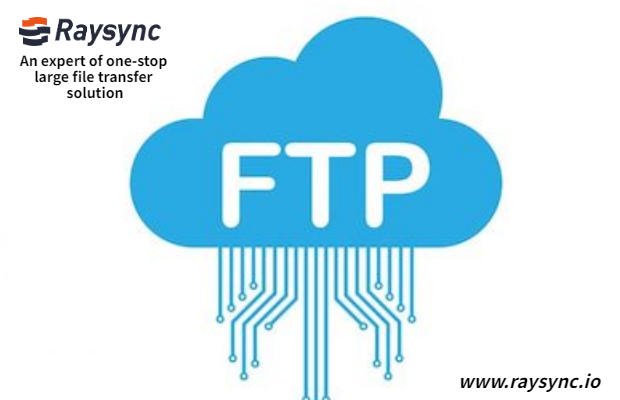Filter News
Q&A

Q&A
June 1, 2021How to Send Large Files For Free?
In the work often encountered to send a large file is limited, how to send a large file for free? This article introduces 5 ways to transfer large files for your reference.

Q&A
May 18, 20213 Important Features of Raysync Large File Transfer
Raysync is exactly the same as other large file transfer services, but there is no file size limit, storage limit, slow file download or upload speed, complicated interface or transfer failure.

Q&A
May 11, 2021File Transfer Protocol-Working Principle and Available Software
File Transfer Protocol (FTP) is a server that sends files over the network. Other software available and the way FTP works in the background to ensure correct data transfer.

Q&A
March 19, 202116 Features of Managed File Transfer Software
Whether you are already using Managed File Transfer (MFT) products or are evaluating your options, the many features and functions of MFT software may surprise you-great!

Q&A
March 9, 2021How to Transfer Large Files Between Two Computers?
The transfer of large files between computers is often encountered in the workplace, so how can file transfer quickly transfer files between computers? Here are four ways to solve file transfer problems.

Q&A
February 22, 2021What causes the slow transfer of large files? How to solve this problem?
Point-to-point, multi-point mutual transmission, data cloud transmission, one-to-many data distribution, and other modes are often needed in enterprise offices, but there are few large file transmission tools that can really meet the above requirements.

Q&A
January 26, 2021How to Understand the Concept of Large File Accelerated Transfer?
The Raysync admin console can start global file synchronization with one button, which can guarantee the timely backup of data files.

Q&A
December 16, 2020Raysync | How to Transfer 100GB Large Files Cross-border?
Aiming at the problem of the transnational transmission of large files, we break down the problem into two small problems, so it is easy to draw a final conclusion.

